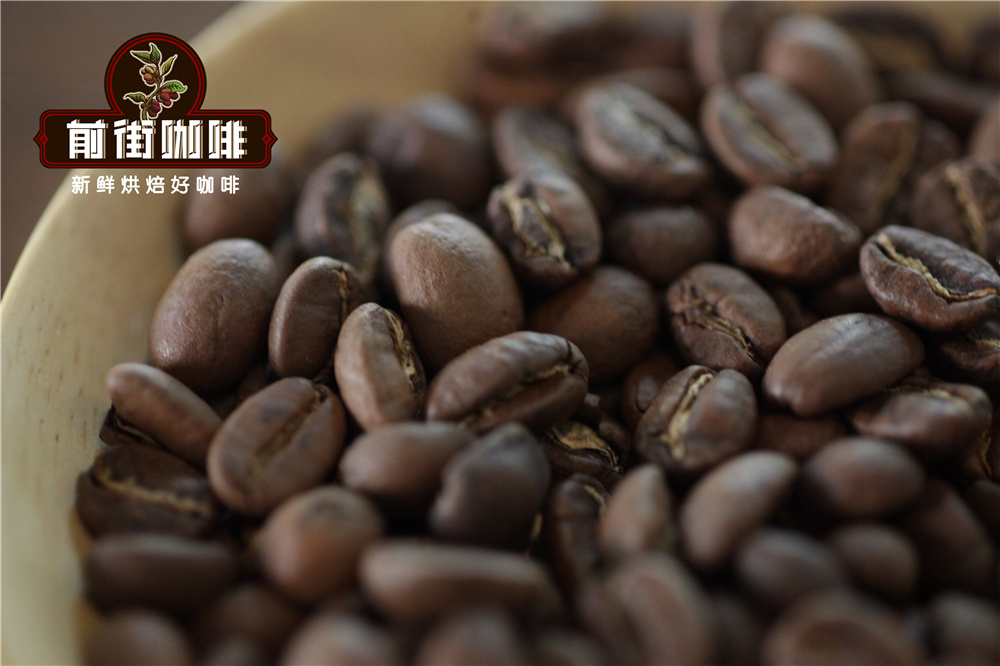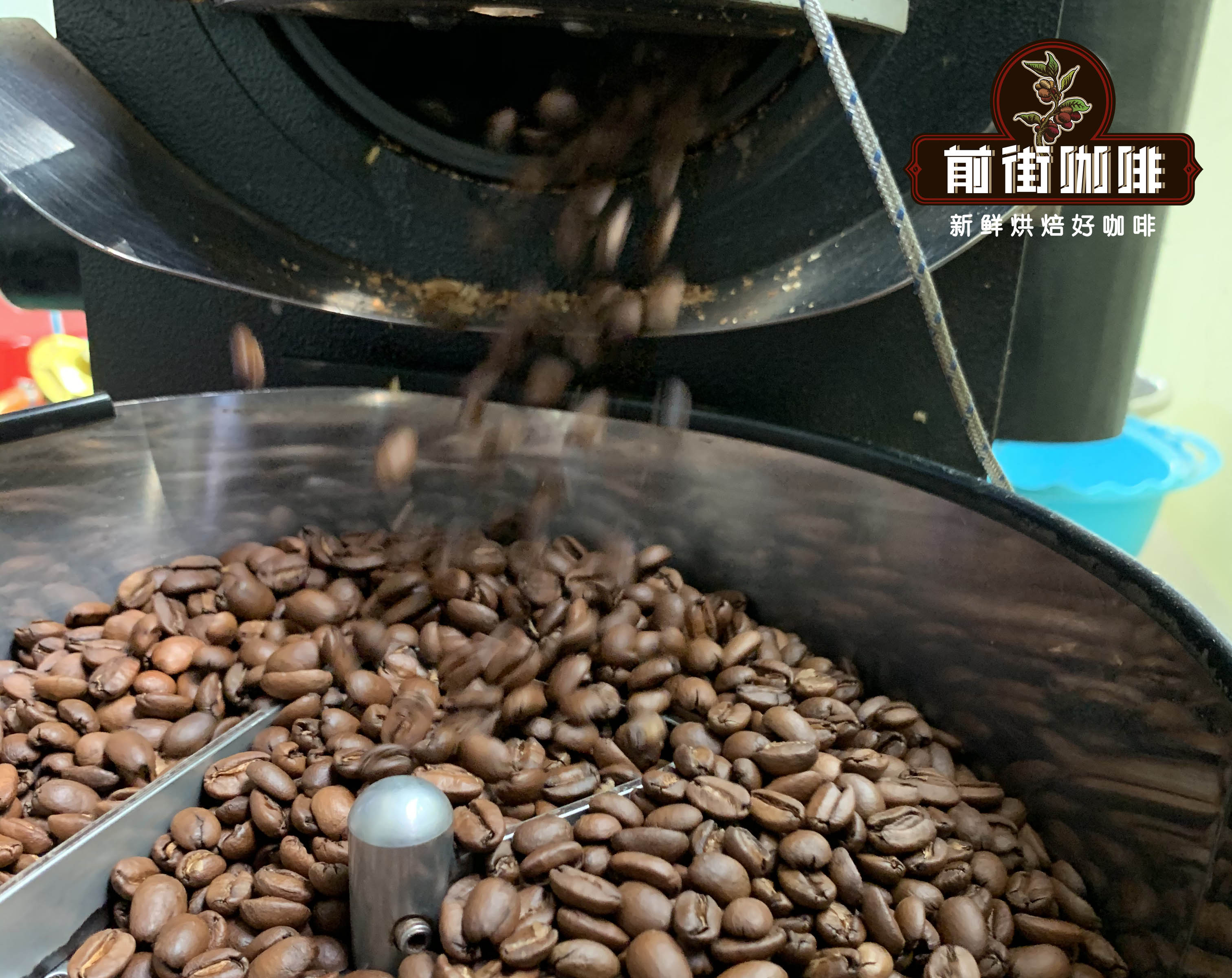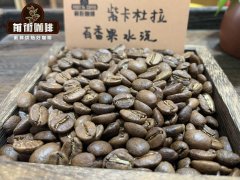There are wrinkles on the surface of coffee beans. Are they defective beans? The reason for the oil on the surface of coffee beans?
"Why is the surface of coffee beans crumpled? are they bad beans?" "the coffee beans are all oiled. How long have you been keeping them?" This is also the question that many guests have about coffee beans! Qianjie Coffee will answer your questions through this article.

Why do coffee beans wrinkle?
People's impression of coffee beans should be smooth, and the appearance of crumpled wrinkles may be deeply puzzling. The wrinkling of coffee beans is a normal phenomenon, which is mainly formed by the quality of raw beans and roasting.
Coffee beans at high altitude are prone to wrinkles.
Generally speaking, the density of coffee beans at high altitude will be higher, and the heat transfer to the bean core will be slower during roasting, that is, the dehydration time will be longer. During endothermic dehydration, the bean body shrinks to form a texture, but because of its high density and close fiber structure, the coffee bean will not expand so that the texture will stretch, so it will show a wrinkled state.

Baking also affects the appearance of folds.
In general, the wrinkling feeling of coffee beans is mostly medium-and shallow-roasted, while the surface of medium-and deep-roasted coffee beans is smooth. Relatively shallow baking degree or long baking time are likely to make the wrinkle texture of the bean surface clear, while if the degree of baking is deep or the firepower is increased, the grain stretching effect of the bean surface will be very good, even seemingly smooth.

However, whether the coffee bean surface has wrinkles or not does not affect the flavor of coffee beans. Wrinkled beans are not defective beans, on the contrary, some wrinkled and ugly coffee beans can show a clean and fresh flavor.
Why do coffee beans produce oil?
Many people think that the oil from the coffee beans means that the coffee is not fresh, which is actually taken out of context. If you are lucky enough to go to a Japanese coffee shop, you can't ignore the shiny coffee beans on the jar. The "oil" on the surface of the coffee beans is actually the fat of the beans. Because the carbon dioxide produced during baking can let the fat in the coffee beans infiltrate to the surface of the beans, which forms the phenomenon of coffee beans coming out of oil.

Generally speaking, the surface oil of beans will be reflected in the deep-roasted coffee, and the deep-roasted coffee beans will show a slight glossy appearance after baking, and a large amount of oil will begin to appear on the surface from the first day to the second day, and the aroma is a good smell such as caramel cocoa cream. If the coffee beans are not fresh, the aroma is greasy, tar, woody smell.

Not only will grease seep out during deep baking, but it will also seep out for a period of time after baking, because the carbon dioxide remaining in coffee beans is still released. This is more common in medium roasting or light roasting, which is dry just after baking and exudates dotted oil with large amounts of carbon dioxide emissions about a week after baking. These dotted oils represent the best taste period for coffee, and the argument that the oil from coffee beans is not fresh is also self-defeating.

Then the main manifestation of the stale coffee is the exhaust of the gas from the coffee beans, accompanied by the loss of flavor substances. The actual judgment shows that when there is stuffy steaming, the powder layer does not have any expansion state, the taste is empty, with the taste of wood fiber. Whether the coffee bean surface is oily or not is not necessarily related to the freshness of the coffee bean.
Important Notice :
前街咖啡 FrontStreet Coffee has moved to new addredd:
FrontStreet Coffee Address: 315,Donghua East Road,GuangZhou
Tel:020 38364473
- Prev

Flavor and taste characteristics of Colombian Zikadura Coffee introduction to passionfruit anaerobic washing coffee beans
Coffee Information production area: Columbia Huilan Manor: Montblanc Manor altitude: 1900 m Variety: purple Kaddura treatment: passion Fruit yeast anaerobic washing treatment Grade: Supremo production season: 2021 Cymbidium Province of Colombia is located in southern Colombia at the confluence of the central and eastern Andes mountains. The coffee growing area of Huilan is Epitali.
- Next

How to taste a cup of coffee? How to describe the flavor of coffee? What are the flavor characteristics of hand-brewed coffee
Tasting coffee is like tasting wine. When we taste a cup of fine coffee, we naturally have the expectation that we can taste the flavor of coffee and express the flavor of coffee. How to taste a cup of coffee? This question can be divided into two aspects, one is about the process of tasting coffee, and the other is the perspective of tasting coffee (entry point). Why describe coffee in terms of flavor rather than taste
Related
- Beginners will see the "Coffee pull flower" guide!
- What is the difference between ice blog purified milk and ordinary milk coffee?
- Why is the Philippines the largest producer of crops in Liberia?
- For coffee extraction, should the fine powder be retained?
- How does extracted espresso fill pressed powder? How much strength does it take to press the powder?
- How to make jasmine cold extract coffee? Is the jasmine + latte good?
- Will this little toy really make the coffee taste better? How does Lily Drip affect coffee extraction?
- Will the action of slapping the filter cup also affect coffee extraction?
- What's the difference between powder-to-water ratio and powder-to-liquid ratio?
- What is the Ethiopian local species? What does it have to do with Heirloom native species?

